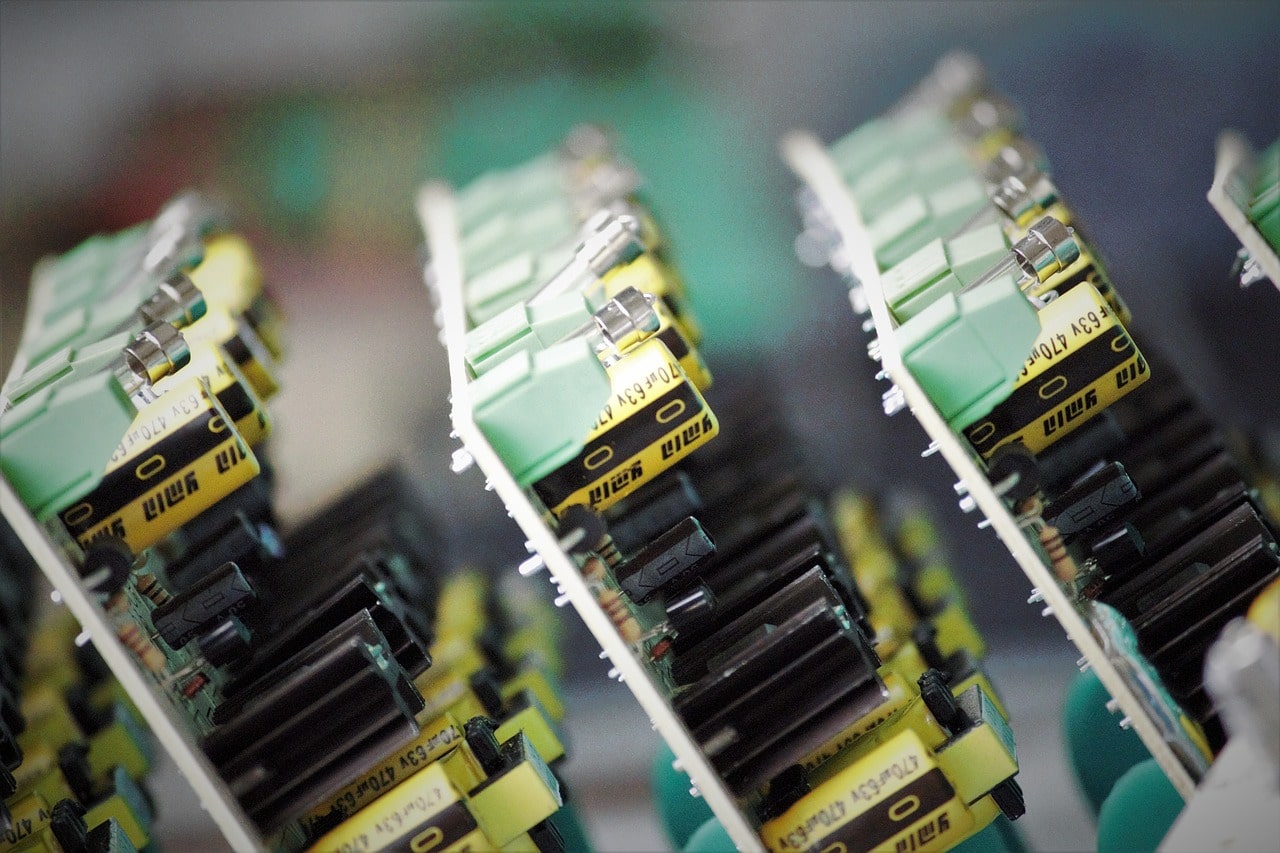Electronic Skin: Sensitive Interfaces
The human skin is an amazing organ, providing us with a physical barrier, protecting us from the elements and also allowing us to experience the sense of touch. However, with the rapid advancements in technology, scientists and engineers have been able to develop a new type of skin – electronic skin – that is sensitive enough to mimic the sense of touch and interact with the digital world. With its potential to revolutionize the way we interact with technology, let’s take a closer look at electronic skin and its sensitive interfaces.
What is Electronic Skin?
Electronic skin, also known as e-skin, is a thin, flexible and stretchable electronic material that can mimic the properties of human skin. It is designed to be worn on the body, allowing it to act as a sensor that can capture and transmit information to electronic devices. These devices can then analyze the data and provide feedback to the user.
E-skin is made up of multiple layers of flexible materials, such as polymers and nanoribbons, which are embedded with sensors, transistors, and other electronic components. These components work together to create a network of sensors that can detect various stimuli, including pressure, temperature, and humidity, just like human skin.
The Importance of Sensitive Interfaces
The key aspect of electronic skin is its sensitive interface. This allows the skin to detect and respond to different stimuli, similar to how our skin can sense touch, heat, and pressure. The sensitive interface is crucial for e-skin to successfully mimic the properties of human skin and interact with the digital world.
There are various types of sensitive interfaces used in e-skin, such as capacitive, resistive, and piezoresistive. Each of these interfaces has its unique way of detecting and responding to stimuli. For example, a capacitive interface measures changes in the electric field, while a resistive interface senses changes in electrical resistance. These interfaces work together to provide a comprehensive understanding of the environment around the e-skin and the user’s interaction with it.
Potential Applications of Electronic Skin
The sensitive interfaces in electronic skin have a wide range of potential applications. One of the most promising applications is in the field of prosthetics. Prosthetic limbs often lack the ability to provide sensory feedback, which can make it challenging for amputees to perform everyday tasks. With e-skin, prosthetics can be equipped with sensors and sensitive interfaces, allowing the user to sense pressure and temperature, making it easier to grasp objects and perform delicate tasks.
Another potential application of electronic skin is in the field of robotics. By integrating e-skin on the exterior of robots, they can not only interact with the physical world but also have the ability to sense and respond to the environment around them. This could be particularly useful in hazardous environments where human presence is dangerous.
The Challenges of Electronic Skin
Despite its many potential applications, there are still some challenges that need to be addressed for electronic skin to become widely adopted. One of the main challenges is making e-skin durable and long-lasting. The skin needs to withstand daily wear and tear and retain its sensitivity over extended periods.
Another challenge is the integration of e-skin with electronic devices. The sensitive interfaces in e-skin need to be compatible with existing electronic components and be able to transmit data seamlessly.
In Conclusion
The development of electronic skin and its sensitive interfaces has opened up a world of possibilities in various industries. From prosthetics to robotics, e-skin has the potential to improve the quality of life for many individuals. With ongoing research and development, we can only expect to see more advancements in this field in the near future. The age of sensitive interfaces and electronic skin is upon us, and it is only a matter of time before it becomes a ubiquitous part of our lives.










